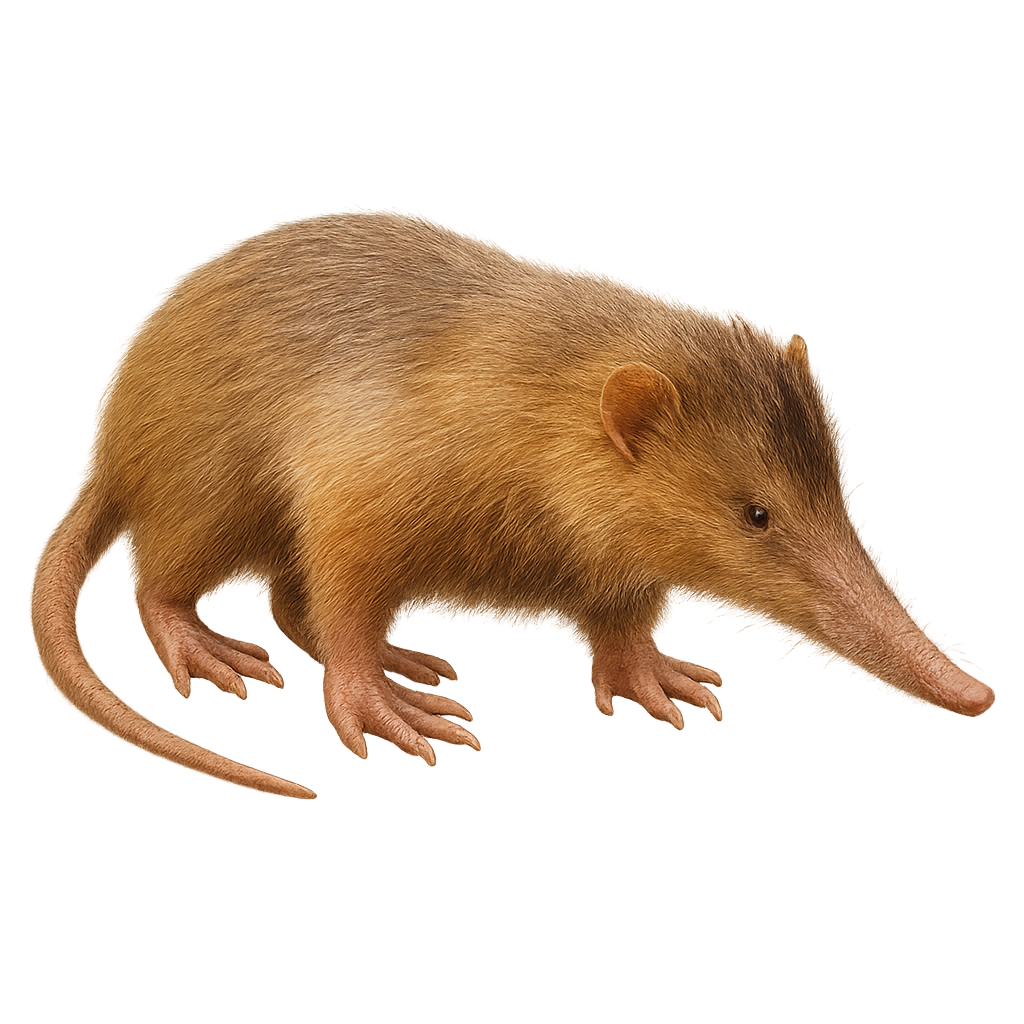Your wildlife photography guide.
Explore the hispaniolan solenodon in detail, study its behavior, prepare your shots.
Where to observe and photograph the hispaniolan solenodon in the wild
Learn where and when to spot the hispaniolan solenodon in the wild, how to identify the species based on distinctive features, and what natural environments it inhabits. The WildlifePhotographer app offers tailored photography tips that reflect the hispaniolan solenodon’s behavior, helping you capture better wildlife images. Explore the full species profile for key information including description, habitat, active periods, and approach techniques.
Hispaniolan solenodon
Scientific name: Solenodon paradoxus

IUCN Status: Least Concern
Family: SOLENODONTIDAE
Group: Mammals
Sensitivity to human approach: Very shy
Minimum approach distance: 20 m
Rut period: October to November
Gestation: 84-90 jours
Births: December to January
Habitat:
Moist forests, scrublands and underground shelters
Activity period :
Mainly active at night, generally discreet during the day.
Identification and description:
The Hispaniolan solenodon (Solenodon paradoxus) is a venomous insectivorous mammal resembling a shrew, endemic to the Caribbean island of Hispaniola (Dominican Republic and Haiti). It inhabits moist forests, shelters in burrows or under logs, and feeds primarily on arthropods, worms, molluscs and small vertebrates. Crepuscular and nocturnal, it moves in a zigzag gallop and produces varied vocalizations for communication and defense.
Recommended lens:
300 mm – adjust based on distance, desired framing (portrait or habitat), and approach conditions.
Photography tips:
Photograph the solenodon from a distance using a telephoto lens of ≥300 mm at dusk or night from a concealed low hide. Use a fast shutter speed to freeze its movements and high ISO to handle low light. Remain still and silent to avoid disturbance.
The WildlifePhotographer App is coming soon!
Be the first to explore the best nature spots, track rutting seasons, log your observations, and observe more wildlife.
Already 1 439 wildlife lovers subscribed worldwide

